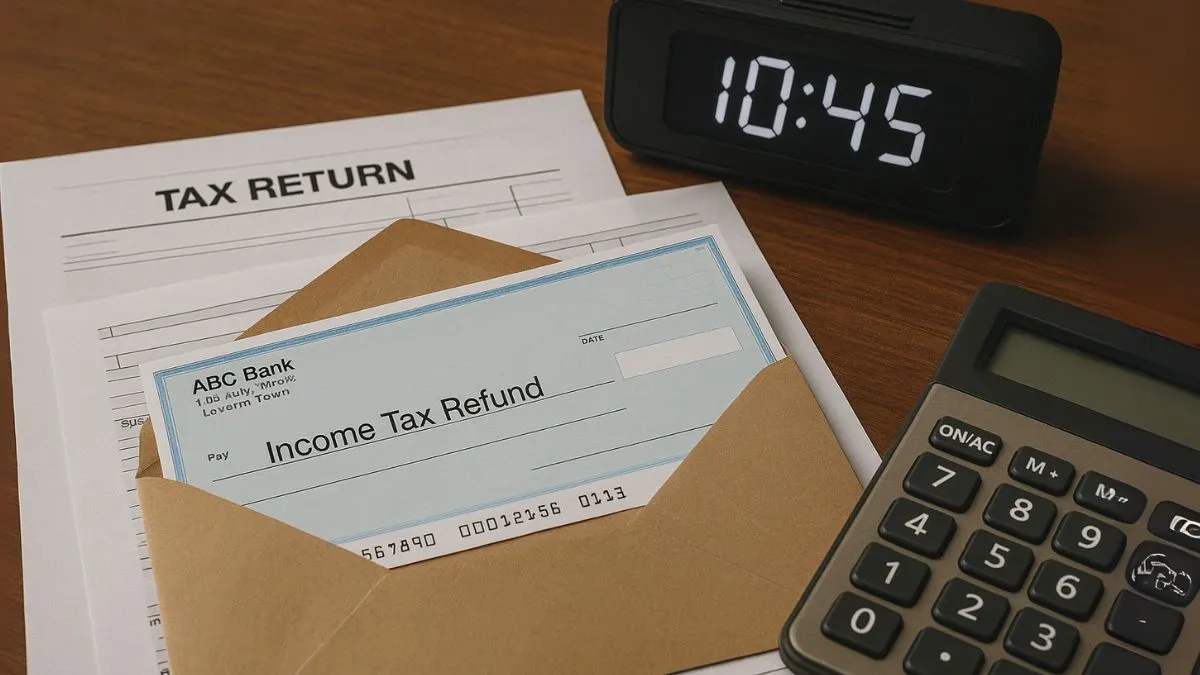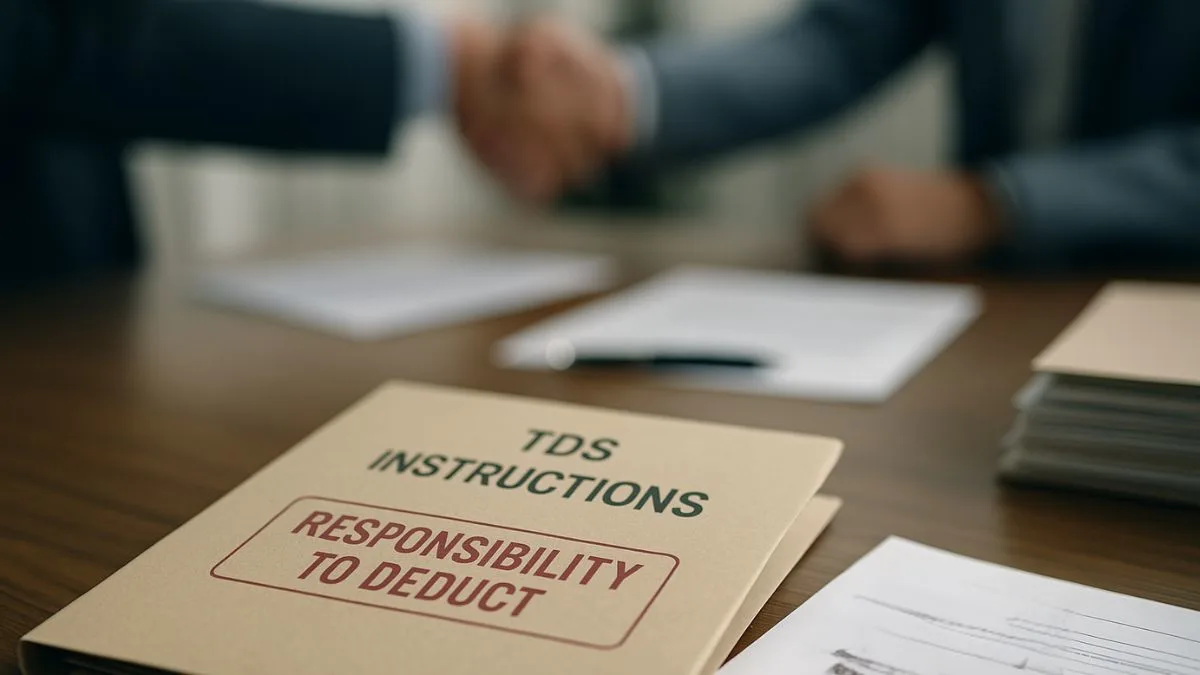
Every taxpayer eagerly waits for the moment when the tax department acknowledges that extra money was paid in taxes and issues a refund. In simple terms, a refund is an amount of money that is given back to you because you paid more tax than your actual liability. This happens often when employers deduct excess TDS, when advance tax paid is higher than necessary, or when you claim deductions & exemptions that reduce your taxable income.
The concept of refund is a critical part of the income tax system. It not only ensures fairness for taxpayers but also builds confidence that the government recognizes and returns overpaid taxes promptly. Let’s dive deeper into what a refund is, when it arises, and how you can claim it.
What is a Refund in Income Tax?
A refund is essentially reimbursement for an overpayment of taxes. It represents the difference between what you actually owe & what you already paid through TDS, advance tax, or self-assessment tax.
For example:
- If your total tax liability is ₹50,000 but TDS deducted was ₹70,000, then you are eligible for a ₹20,000 refund.
- If you made higher advance tax payments due to miscalculation, the excess also comes back as a refund.
So, whenever the taxes paid exceed the tax payable, the taxpayer becomes eligible for a refund."
When Does Refund Arise?
Refunds typically arise in situations such as:
- Excess TDS Deduction – Employers deducting higher TDS than needed.
- Advance Tax Mismatch – Paying more advance tax than actual liability.
- Double Taxation – Income taxed in India as well as abroad, later adjusted under treaties.
- Deductions & Exemptions – Filing return with additional claims like 80C, 80D, HRA, etc.
In all these cases, the tax department calculates your correct liability and initiates reimbursement for an overpayment of taxes.
Refund Process: Step-by-Step
The process of getting a refund is simple but must be followed carefully:
- File ITR on Time – Ensure accurate reporting of income, deductions, and taxes paid.
- E-Verification – Very important! Refund processing by the tax department starts only after the return is e-verified by the taxpayer. Without e-verification, the return is treated as invalid.
- Processing by CPC – The Centralized Processing Center (CPC) of the Income Tax Department checks the data, verifies TDS/TCS, and finalizes refund eligibility.
- Refund Intimation – You receive an intimation on your registered email & mobile about refund approval.
- Direct Credit – The refund is directly credited to your bank account linked with your PAN.
Also Read: ITR Refund Scam Alert: How to Spot Fake Income Tax Emails and Stay Safe
Refund Status Tracking
Many taxpayers often worry whether their refund has been processed or delayed. Thankfully, the income tax portal provides an easy way to check.
- Taxpayers can view status of refund 10 by simply logging in with PAN and password.
- Refund status shows whether it is “processed,” “adjusted against demand,” “pending,” or “failed.”
- You can also check refund status on the NSDL website by entering your PAN and assessment year.
This transparency makes the refund process smoother and avoids unnecessary anxiety.
Timeline for Refunds
Refunds are generally processed within a few weeks after ITR filing and e-verification. However, the exact time may vary depending on:
- Filing date (earlier filings get processed faster).
- Accuracy of return and details (any mismatch causes delays).
- Bank account validation and PAN-Aadhaar linkage.
Typically, refunds for returns filed before the due date are credited within 2–3 months.
Delays in Refund
Despite the efficiency of the online system, sometimes refunds get delayed. Common reasons include:
- Wrong bank account details.
- Mismatch in TDS claimed & TDS reflected in Form 26AS/AIS.
- Pending tax demand from previous years (refund may be adjusted).
- Late filing of returns.
If you face a delay, you can raise a grievance on the e-filing portal or contact the CPC helpdesk."
Refund Adjustments
Sometimes, taxpayers expect a refund but receive an intimation stating it has been adjusted against past dues. The Income Tax Act allows the department to adjust refunds if:
- There is outstanding demand from previous years.
- You failed to pay earlier taxes or penalties.
In such cases, you will receive a notice under Section 245, explaining the adjustment.
Also Read: Still Waiting for Your Tax Refund? These 5 Hidden Reasons Could Be the Culprit in FY 2024–25
Interest on Refunds
Did you know? If your refund amount is substantial & delayed, you may also be entitled to interest.
- As per Section 244A, interest is payable by the Income Tax Department on refunds exceeding 10% of tax liability.
- Interest is calculated at 0.5% per month from the date of payment of tax till the date of refund.
So, a refund is not just an amount of money that is given back to you, but sometimes it comes with additional compensation too.
Importance of E-Verification
We cannot emphasize this enough: Refund processing by the tax department starts only after the return is e-verified by the taxpayer. Many people file ITRs but forget to e-verify, which leads to refund denials.
Ways to e-verify include:
- Aadhaar OTP.
- Net banking login.
- Bank account validation.
- Sending signed ITR-V to CPC, Bengaluru.
Without this step, even a perfectly filed ITR will not lead to a refund.
Common FAQs
- How do I know if I am eligible for a refund?
Check your ITR calculation. If taxes paid exceed your liability, you are eligible. - How can I check refund status?
Taxpayers can view status of refund 10 online on the income tax portal. - What happens if refund is delayed?
You may get interest on refunds if the delay is by the department. - Can refund be adjusted?
Yes, against outstanding tax dues from previous years. - What if my bank account is invalid?
Refund will fail, & you must revalidate your bank account on the portal.
Also Read: When the Income Tax Officer Can Make You File an ITR (Even If You Didn’t Plan To)
Conclusion
A refund is not just a financial return, but a reassurance that the system acknowledges reimbursement for an overpayment of taxes. It is literally an amount of money that is given back to you when your tax payments exceed your liability. Remember, refund processing by the tax department starts only after the return is e-verified by the taxpayer, so never skip that step.
👉 Want your refunds processed quickly without errors? Connect with Callmyca.com for expert filing & seamless tax compliance. We ensure you never miss what you rightfully deserve!











